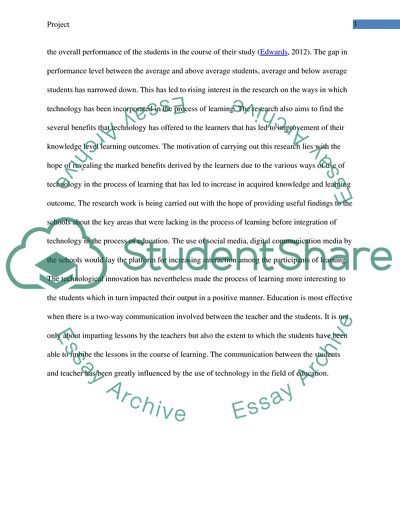Cite this document
(Ways of Incorporating Technology in Learning Research Paper Example | Topics and Well Written Essays - 4500 words, n.d.)
Ways of Incorporating Technology in Learning Research Paper Example | Topics and Well Written Essays - 4500 words. https://studentshare.org/education/1871962-project
Ways of Incorporating Technology in Learning Research Paper Example | Topics and Well Written Essays - 4500 words. https://studentshare.org/education/1871962-project
(Ways of Incorporating Technology in Learning Research Paper Example | Topics and Well Written Essays - 4500 Words)
Ways of Incorporating Technology in Learning Research Paper Example | Topics and Well Written Essays - 4500 Words. https://studentshare.org/education/1871962-project.
Ways of Incorporating Technology in Learning Research Paper Example | Topics and Well Written Essays - 4500 Words. https://studentshare.org/education/1871962-project.
“Ways of Incorporating Technology in Learning Research Paper Example | Topics and Well Written Essays - 4500 Words”. https://studentshare.org/education/1871962-project.


